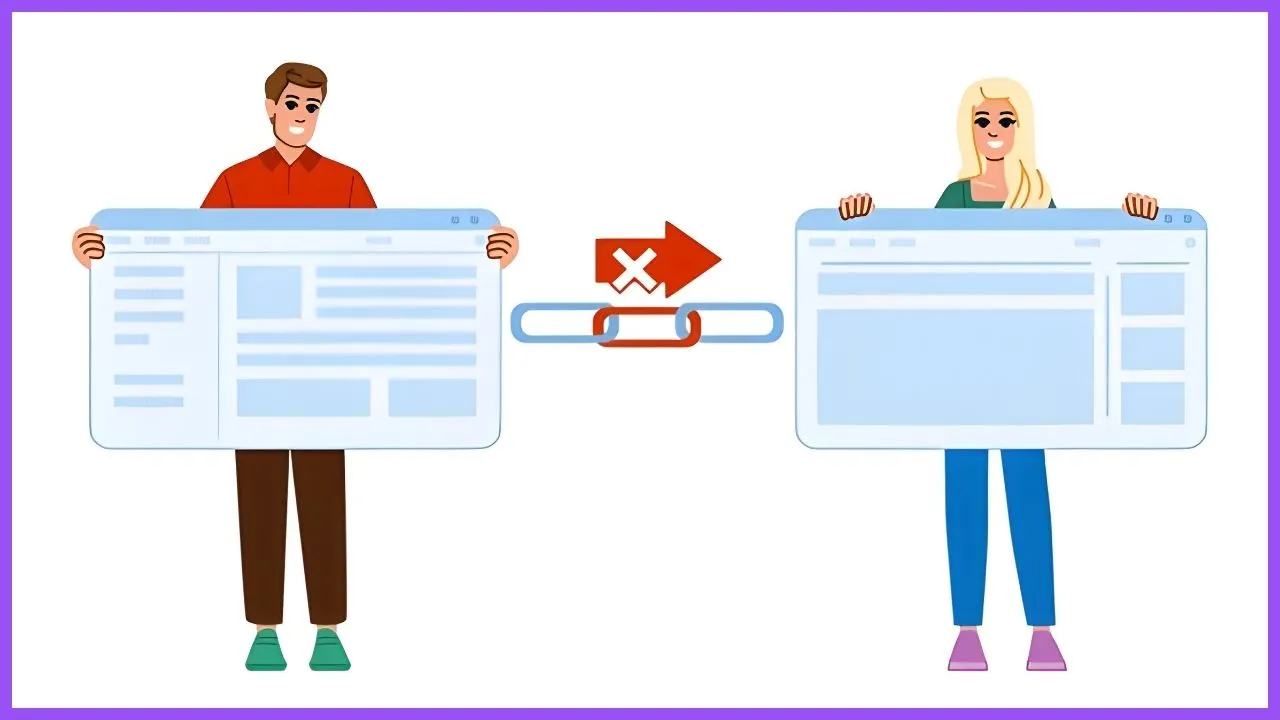
Table of Contents
In the world of SEO, understanding different types of links is crucial for optimizing your website's performance. While dofollow links are known for passing authority, nofollow links play a unique role in your link-building strategy. In this article, we'll explore what nofollow links are, their purpose, and how they can impact your SEO efforts.
What are Nofollow Links?
1. Definition:
- A nofollow link is a type of hyperlink that includes a specific HTML attribute (
rel="nofollow") instructing search engines not to pass on any link authority or "link juice" to the linked website. These links do not contribute to the SEO ranking of the linked site.
2. Characteristics:
- HTML Code: In HTML, a nofollow link appears as:
<a href="https://example.com" rel="nofollow">Example</a>. - Purpose: Nofollow links are commonly used to link to untrusted or user-generated content, advertisements, or when the site owner wants to avoid endorsing the linked content.
Importance and Use of Nofollow Links
1. Managing Outbound Links: Nofollow links are an essential tool for webmasters to manage the flow of link equity from their sites. By using nofollow attributes, they can link to other websites without passing SEO value, especially when linking to untrusted sources.
2. Preventing Link Spam: Nofollow links are often used in comment sections, forums, and other user-generated content areas to prevent spammers from gaining SEO benefits from posting links.
3. Compliance with Paid Link Guidelines: To comply with Google's guidelines on paid links, advertisements, or sponsored content, it is recommended to use nofollow links. This ensures that paid links do not influence search engine rankings.
4. Maintaining Control Over Content Endorsement: Site owners may use nofollow links when they do not want to endorse the content of the linked site. This is especially useful for linking to competitors or low-quality content.
5. Reducing the Risk of Penalties: Overuse of outbound do-follow links, especially to low-quality or irrelevant sites, can lead to penalties from search engines. Using nofollow links helps mitigate this risk.
How to Use Nofollow Links Effectively
1. Assess Link Context: Determine whether a link should be dofollow or nofollow based on its context. For example, use nofollow for links to sponsored content, user-generated content, or untrusted sources.
2. Implement Nofollow for Paid Links: Always use the nofollow attribute for any paid links or advertisements on your site to comply with search engine guidelines and avoid penalties.
3. Monitor and Review: Regularly review your site's outbound links to ensure that nofollow attributes are used where necessary. This helps maintain control over your site's link profile.
4. Use Nofollow for External Links in Comments: Implement nofollow links in comment sections to prevent the misuse of your site's authority by spammers.
5. Educate Content Contributors: If your site accepts guest posts or has multiple content contributors, educate them about the importance of using nofollow links where appropriate.
Conclusion on What Are Nofollow Links?
While nofollow links do not pass SEO value, they are a crucial part of a well-rounded link-building strategy. They help manage your site's link equity, prevent link spam, and ensure compliance with search engine guidelines.
By strategically using nofollow links, you can maintain the integrity of your site's SEO while still linking to necessary external content.
Enhance Your SEO Strategy with Nofollow Links!
Are you looking to refine your link-building strategy and enhance your website's SEO? At Softhat IT Solutions, our SEO experts can guide you on the effective use of no-follow and do-follow links. Contact us to learn more about our SEO services and how we can help you optimize your website.
